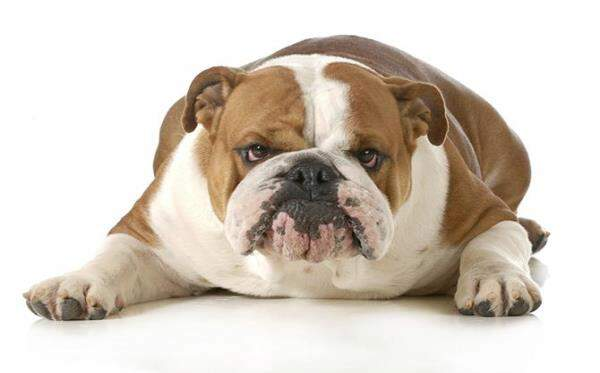Is Your Dog Overweight? Signs & How to Help
- S B
- Jul 15
- 3 min read
Let’s be honest. Most of us love spoiling our dogs. A few extra treats here, some table scraps there... it adds up. And while a pudgy pup might look cute, carrying extra weight can lead to real health problems down the line.
So how do you know if your dog is actually overweight, and not just a little fluffy?

Why It Matters
Extra weight isn’t just about appearance. Overweight dogs are at a higher risk for:
Joint pain and arthritis
Heart disease
Diabetes
Breathing problems
Shorter lifespan
In short: a healthy weight isn’t just good for your dog’s body, it’s good for their overall quality of life.
Signs Your Dog Might Be Overweight
Every dog is different, but here are some common signs that your pup might be carrying a few extra pounds:
1. You Can’t Feel Their Ribs Easily
When you run your hands along your dog’s sides, you should be able to feel their ribs without pressing hard. If you have to dig to find them, there might be extra fat in the way.
2. They’ve Lost Their Waist
Look at your dog from above. Do they have a visible waist between the ribs and hips? Or do they look more like a sausage? A lack of definition is a red flag.
3. They Get Tired More Easily
If your dog used to love walks but now gets winded quickly, excess weight could be part of the problem.
4. Their Collar or Harness Feels Tight
Notice yourself adjusting their gear more often? Gaining weight can cause subtle changes in fit before you even notice a difference in appearance.
Check With Your Vet
If you’re unsure, your vet can help assess your dog’s Body Condition Score (BCS), which is a scale from 1 to 9 that evaluates your dog’s overall shape and fat distribution. A healthy score is usually around a 4 or 5.
They’ll also rule out any medical issues that could be causing weight gain, like thyroid problems.
How to Help Your Dog Lose Weight (Without Starving Them)
1. Measure Their Food
A “scoop” isn’t a serving. Use a measuring cup or a kitchen scale to make sure you’re giving the right amount. Your vet can recommend the correct portion for your dog’s age, breed, and activity level.
2. Cut Back on Treats (or Swap Them Out)
Treats are fine—but they should make up no more than 10% of your dog’s daily calories. Try low-calorie options like carrots, green beans, or even ice cubes if your dog’s into that kind of thing.
3. Watch the People Food
Table scraps, bites of toast, finishing the last bit of peanut butter... it all adds up. Even small portions can be high in fat and calories for dogs.
4. Move More
Even a few extra minutes of walking per day can make a difference. If your dog isn’t used to exercise, start slow and build up gradually.
5. Switch to a Weight Management Food (if needed)
There are specially formulated “light” or “weight control” dog foods that help reduce calories without sacrificing nutrition. Talk to your vet before switching, though.
Progress Takes Time!
Weight loss for dogs should be slow and steady, just like it is for us. Crash diets or sudden changes can cause more harm than good. Stick with a plan, monitor progress, and celebrate the small wins (with belly rubs, not biscuits).






Comments